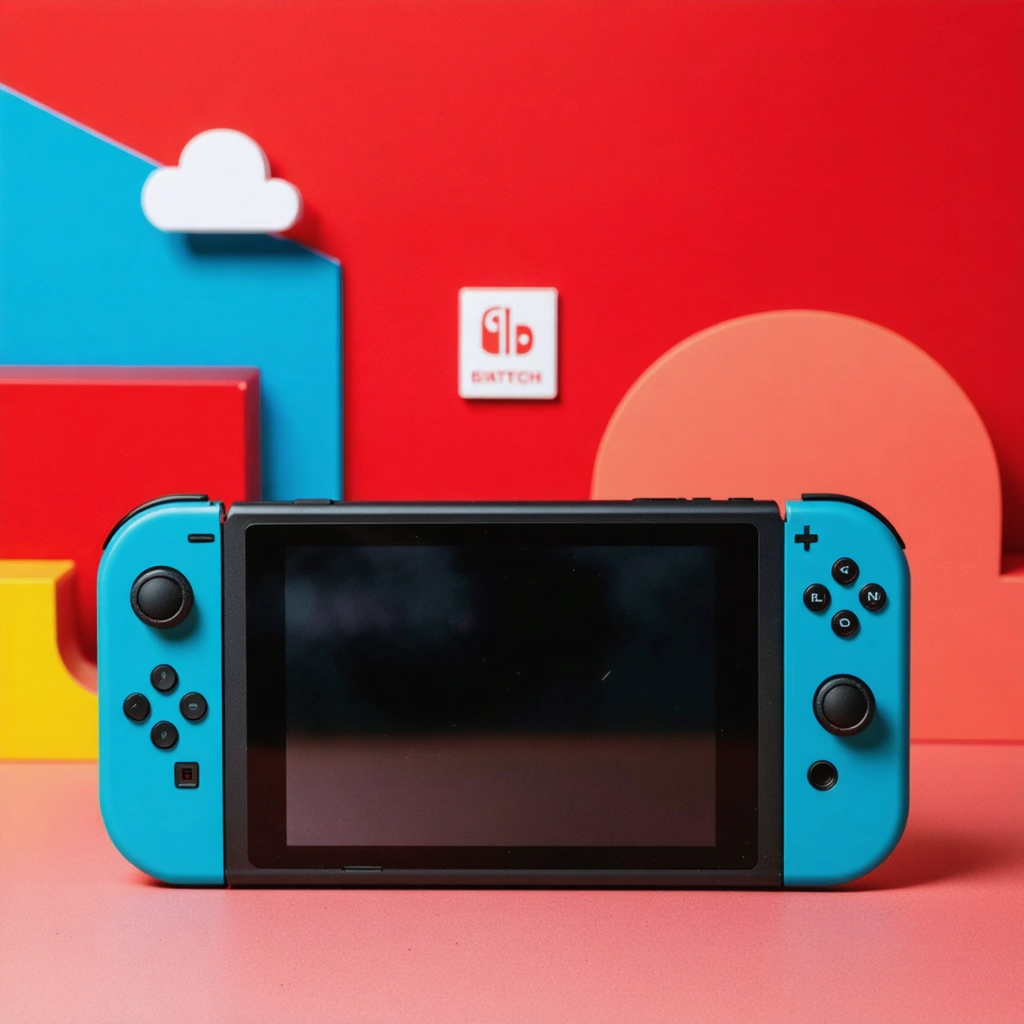
Introduction: A New Era for Nintendo
In a world where innovation never stands still, Nintendo launched the Switch 2 as the latest chapter in portable gaming evolution. The company introduced many upgrades and changes; however, these enhancements have come with notable trade-offs. Nintendo boldly declared that the revamped console packs more power and a larger screen. Yet, a closer look reveals that the battery life duration suffers compared to its predecessor. As gamers explore a blend of classic and unprecedented gaming experiences, they notice that the console’s lifespan per charge now fluctuates between 2 to 6.5 hours. Consequently, every choice made along this design path carries significant implications. With debates raging, enthusiasts eagerly compare performance and portability while questioning if the technical gains outweigh the energy limitations.
Battery Life Trade-Offs
Undoubtedly, battery performance remains a pivotal aspect of any handheld gaming device. Nintendo has estimated that the Switch 2 should operate approximately 2 – 6.5 hours while playing a typical game. In contrast, the current Switch or the Switch OLED models provide longer gameplay durations. Analysis of previous models shows that a Switch OLED console endures between 4.5 to 9 hours, whereas an original Switch manages a minimum of 2.5 hours. Therefore, when measuring the progress of technological evolution, improvements in processing power and display size appear to deprive the new model of extended battery autonomy. Moreover, this change influences user experience significantly. Gamers planning long voyages or extended gaming sessions must adjust their habits and perhaps prepare for more frequent charging breaks. The narrative emerges that while power surges ahead, battery longevity takes a back seat.
Exploring Technical Advancements and Compromises
In addition to battery life, several technical specifications capture interest. Notably, the console supports Wi-Fi 6 to ensure faster internet speeds when not docked and connected via ethernet. This advancement fosters seamless online play and stable connectivity during competitive matches. Moreover, the Switch 2 guarantees 120 fps when users select up to 2560×1440 resolutions, although it appears that HDMI 2.1 support will remain absent. In other words, Nintendo continues its legacy of making bold design decisions, prioritizing core gaming experiences over peripheral improvements.
For clarity, below is a bullet list summarizing the main upgrades and limitations:
- Significantly enhanced processing power and graphics capabilities;
- Increased display size that enriches visual gameplay;
- Support for Wi-Fi 6 to improve wireless performance;
- Reduced battery life, offering only 2 – 6.5 hours per charge;
- Lack of HDMI 2.1 support despite high resolution gameplay;
- Modified motion control mechanism for Joy-Con 2 controllers.
Interestingly, Nintendo undertook rigorous evaluations and testing. They concluded that some of the newer features required more energy, which in turn affected the overall playtime. Consequently, the battery trade-off poses challenges but also paves the way for future firmware updates and possible optimizations.
Controller Innovations and Practical Implications
Another prominent aspect lies in the evolution of flexible input methods. The redesigned Joy-Con 2 controllers omit the IR sensor formerly used to detect motion. Although traditional motion commands transition to a “mouse control” system for games such as Metroid Prime 4: Beyond, gamers witness significant alterations in the tactile experience. Below is a numbered list that explains further adjustments in controller functionalities:
- Joy-Con 2 controllers forgo IR sensors for a streamlined hardware design;
- The new motion control system relies on alternative input methods;
- Existing Amiibo compatibility remains intact, ensuring continuity for nostalgic gamers;
- Adaptations aim to blend modern control schemes with a nod to past innovations;
- Some complex games may receive updated control mappings as developers adjust.
Furthermore, a table summarizing the technical contrasts between the Switch 2 and its predecessors might help illustrate the impact of these changes:
| Feature | Switch 2 | Switch OLED | Original Switch |
|---|---|---|---|
| Battery Life | 2 – 6.5 hours | 4.5 – 9 hours | Minimum 2.5 hours |
| Display Size | Larger | Optimized OLED | Standard |
| Wi-Fi Standard | Wi-Fi 6 | Wi-Fi 5 | Wi-Fi 5 |
| Controller Features | No IR Sensor | IR Sensor present | IR Sensor present |
The extensive modifications prompt gamers to re-evaluate what they value most in their cinematic gaming devices. Ultimately, although the Switch 2 arrives with impressive computational power and an expansive display, its shorter battery life remains a notable concern. As the console embarks on its journey in the competitive market, enthusiasts consider whether these trade-offs will shape their overall gaming encounters. In conclusion, Nintendo’s balancing act demonstrates that modern technology often necessitates sacrificing one feature to boost another. The evolving narrative of console hardware continues captivating audiences, and future updates may well address the current battery limitations.




